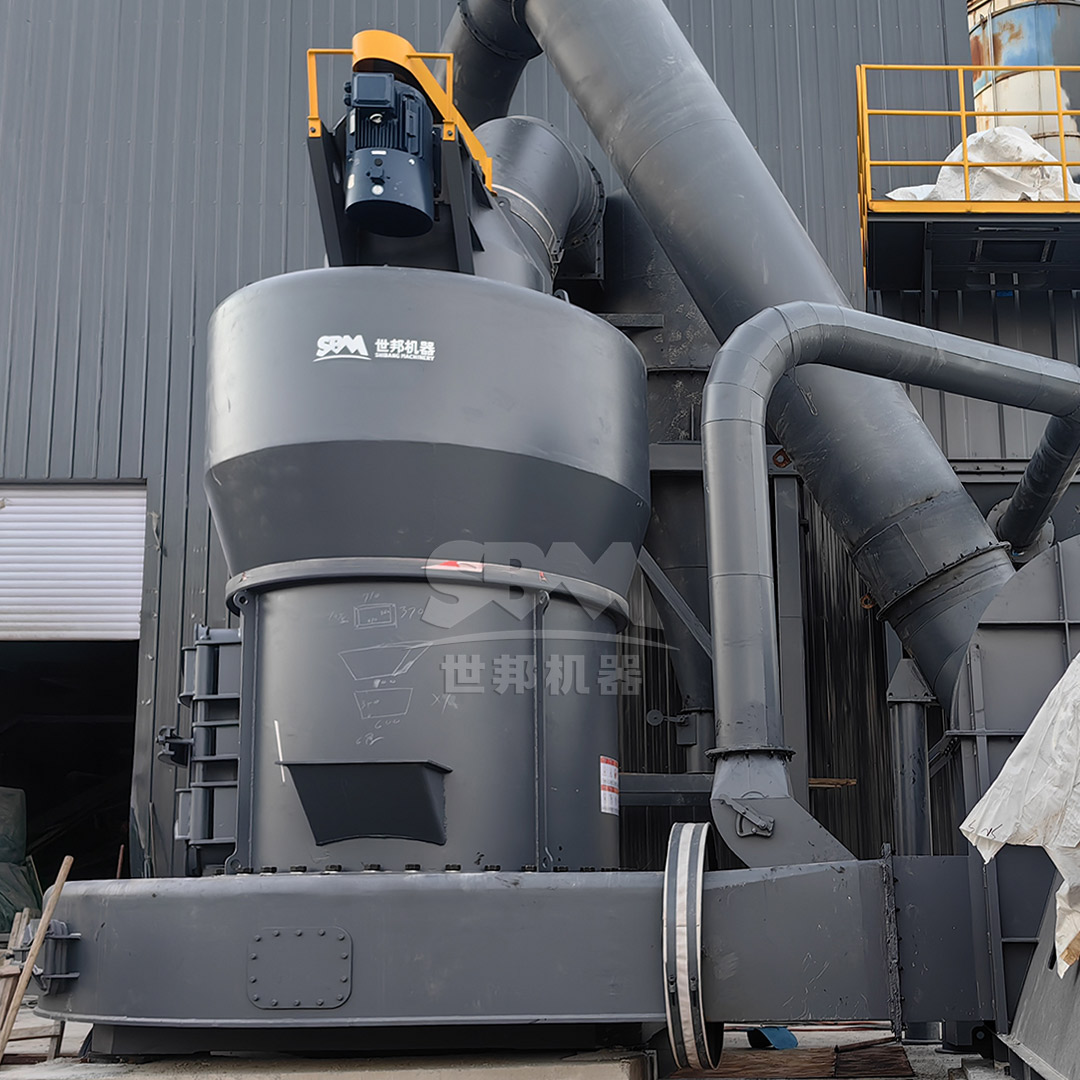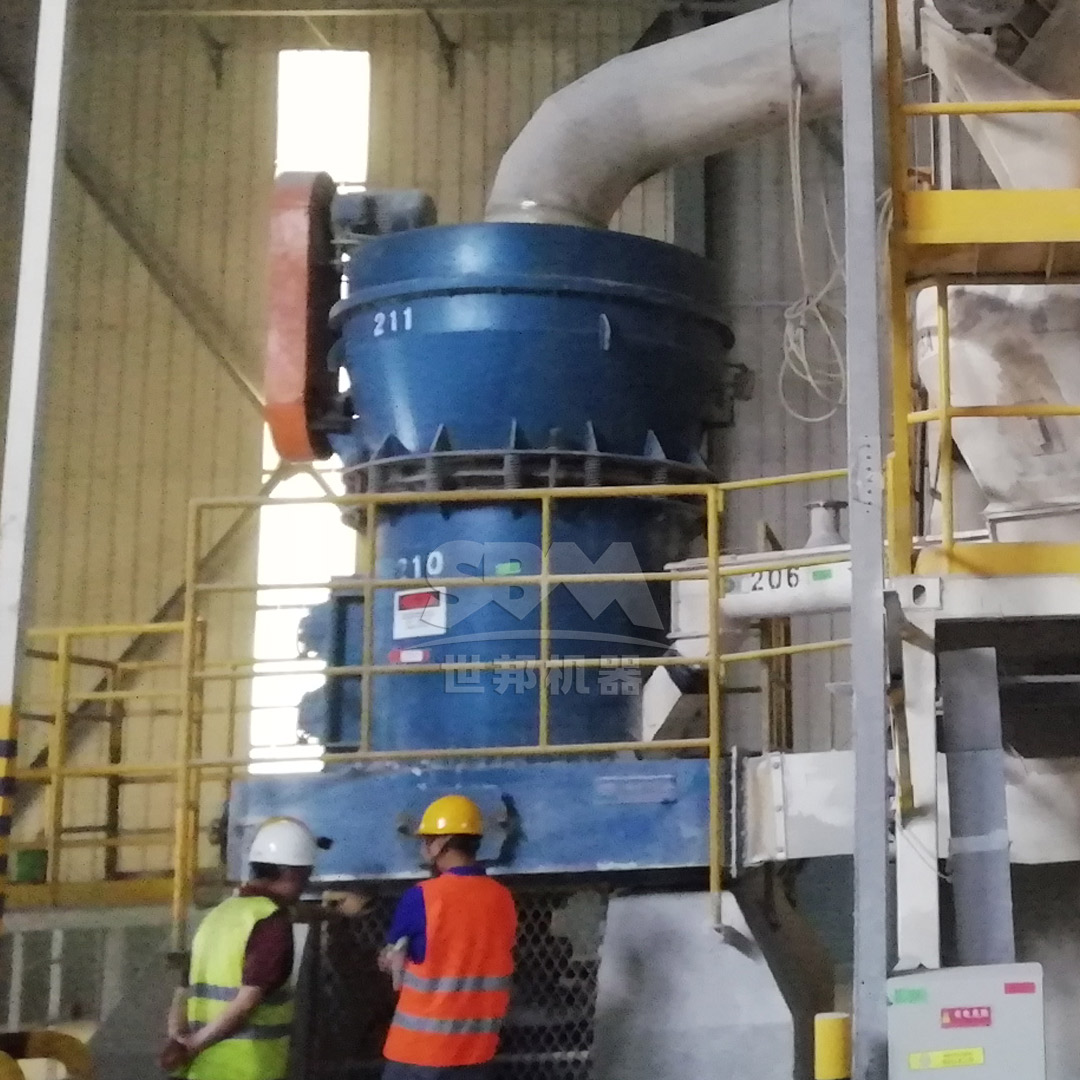The aluminum smelting process begins with bauxite, the primary ore of aluminum. Efficient grinding of bauxite is a critical step that directly impacts the efficiency of the subsequent Bayer process for alumina extraction and, ultimately, the overall productivity and cost-effectiveness of your aluminum smelting plant. Selecting the right grinding mill is therefore not just a procurement decision but a strategic one that influences operational costs, product quality, and environmental compliance. This comprehensive guide will walk you through the key factors to consider and present advanced solutions to meet your plant’s specific needs.
Bauxite ore varies in composition and hardness, but it generally requires grinding to a specific fineness to maximize the surface area for the caustic soda digestion process. The target particle size distribution (PSD) is crucial; too coarse, and alumina recovery rates drop; too fine, and you risk excessive energy consumption and potential processing issues like red mud settling problems.

Several types of grinding mills can be employed for bauxite processing. The choice depends on the required fineness, capacity, energy efficiency goals, and total cost of ownership.
Ball mills are a traditional and widely used option. They operate by tumbling the ore with steel balls inside a rotating cylinder.
VRMs have become the industry standard for large-scale bauxite grinding due to their superior efficiency. They grind material between a rotating table and rollers under hydraulic pressure.
These are mid-range mills suitable for medium to fine grinding. They use swinging rollers to compress material against a stationary grinding ring.
For processes requiring extremely fine bauxite powder (finer than 325 mesh), specialized ultrafine mills are used.
Making the right choice involves a careful analysis of multiple factors.
| Selection Criterion | Questions to Ask | Impact on Operation |
|---|---|---|
| Required Fineness & Capacity | What is the target PSD? What is the plant’s hourly throughput? | Directly determines mill type and size. Over/under-sizing leads to inefficiency. |
| Energy Efficiency | What is the kWh/ton target? Does the mill have integrated drying? | VRMs offer significant savings, a major factor in operational expenditure (OPEX). |
| Capital & Operating Cost (CAPEX/OPEX) | What is the total investment? What are the costs for power, wear parts, and maintenance? | Balance initial investment with long-term running costs for the best ROI. |
| Wear and Maintenance | What is the abrasiveness of the bauxite? How easy is it to replace wear parts? | Affects maintenance schedules, spare parts inventory, and plant availability. |
| Environmental Compliance | What are the dust emission and noise level standards? | Modern mills must come with efficient dust collection and noise suppression systems. |
| Footprint and Installation | How much space is available? Can it be installed outdoors? | VRMs have a smaller footprint, reducing construction costs. |

Based on the diverse needs of aluminum smelting plants, we recommend considering the following state-of-the-art mills from our product line.
For large-scale aluminum plants where throughput and energy savings are paramount, the LM Series Vertical Roller Mill is the ideal solution. Its集约化设计 (Intensive Design) integrates multiple functions into a single unit, significantly reducing the plant’s footprint and civil engineering costs. A key advantage for bauxite grinding is its ability to handle moist feed material by integrating a hot gas source for simultaneous grinding and drying.
The low running cost is a major benefit. The磨辊与磨盘非接触设计 (non-contact grinding roller and disc design) and the use of special wear-resistant materials extend the service life of wearing parts by up to three times compared to traditional mills. Furthermore, its energy consumption is 30-40% lower than ball mill systems, leading to substantial operational savings.
With models like the LM190K (23-68 t/h) and the LM220K (36-105 t/h), this mill can comfortably meet the demands of most modern smelting plants. Its智能控制 (Intelligent Control) system allows for expert-level automation and remote monitoring, ensuring consistent product quality with minimal manual intervention.
When your process requires exceptionally fine bauxite powder, the SCM Ultrafine Mill is the perfect choice. Capable of achieving a fineness range of 325 to 2500 mesh (D97 ≤ 5μm), it is unmatched in producing superfine powders. This is particularly useful for enhancing the kinetics of the alumina digestion process or for producing specialty alumina products.
Despite its ability to produce ultrafine powder, it is remarkably efficient and energy-saving. Its design offers twice the capacity of jet mills while reducing energy consumption by 30%. The integrated high-precision classifier ensures a sharp particle size cut with no coarse powder contamination, guaranteeing a uniform and high-quality final product.
Models like the SCM1000 (1.0-8.5 t/h) and SCM1680 (5.0-25 t/h) provide a range of capacities for different production scales. Its环保低噪 (Environmental and Low-Noise) design, featuring a pulse dust collector with efficiency exceeding international standards and noise levels below 75dB, makes it an environmentally responsible choice for any plant.

Selecting the optimal bauxite grinding mill is a complex decision with long-term implications for your aluminum smelting operation. It requires a careful balance between technical requirements, financial considerations, and operational practicality. While traditional ball mills have their place, the clear trend in the industry is towards more efficient and intelligent solutions like Vertical Roller Mills for standard applications and Ultrafine Mills for specialized, high-fineness needs.
By thoroughly evaluating your plant’s specific capacity, fineness, and cost targets, and by leveraging advanced technologies like our LM and SCM series mills, you can significantly enhance your process efficiency, reduce your environmental footprint, and strengthen your competitive edge in the global aluminum market. We recommend consulting with our technical experts to conduct a detailed analysis of your bauxite feedstock and process flow to identify the perfect grinding solution for your unique needs.